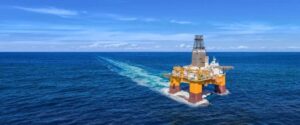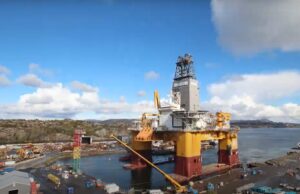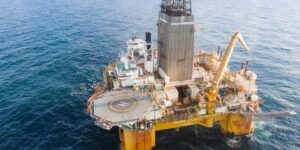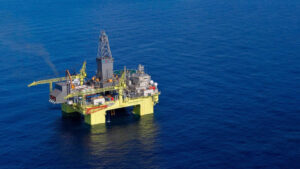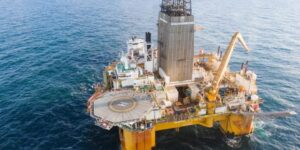Equinor strikes oil near Gudrun field in North Sea
Equinor has made an oil discovery near the Gudrun field following the conclusion of the drilling of wildcat wells 15/3-12 S and 15/3-12 A in the central part of the North Sea.
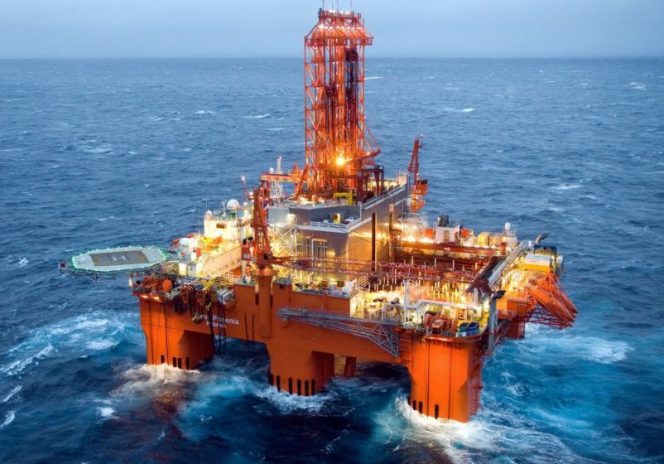
Equinor received drilling permits for the two North Sea wells in November 2019. The wells are located in production license 025 where Equinor is the operator.
The wells were drilled about 11 kilometers southeast of Gudrun, 4 kilometers southeast of the 15/3-4 (Sigrun) oil and gas discovery and 220 kilometers west of Stavanger. The wells were drilled as sole risk wells by Equinor and Neptune Energy Norge.
The primary and secondary exploration targets for wildcat well 15/3-12 S were to prove petroleum in Middle and Upper Jurassic reservoir rocks (the Hugin and Draupne Formations), respectively.
The well encountered three separate oil-filled reservoir zones of 9, 4 and 9 meters in the Hugin Formation, which are about 100 meters thick. The reservoir zones mainly have moderate reservoir quality. The oil/water contacts were not encountered.
The exploration target for wildcat well 15/3-12 A was to prove petroleum in Upper and Middle Jurassic reservoir rocks (the Draupne and Hugin Formations), respectively. The well encountered the Draupne and Hugin Formations with respective thicknesses of about 85 and 120 meters. Both formations are water-bearing. There are indications of oil in a thin, three-meter sandstone layer in the Sleipner Formation in the Middle Jurassic.
Preliminary estimates place the size of the oil discovery between 1.0 and 2.7 million standard cubic meters (Sm3) of recoverable oil. The development of the discovery as a tie-in to the Gudrun field will be considered.
No formation tests were performed, but extensive volumes of data have been collected and samples have been taken.
These are the 10th and 11th exploration wells in production license 025, which was awarded in licensing round 2-A in 1969.
The wells 15/3-12 S and 15/3-12 A were drilled to respective vertical depths of 3652 and 3796 meters below sea level, and respective measured depths of 3771 and 3999 meters below sea level. Both wells were terminated in the Sleipner Formation in the Middle Jurassic. The water depth at the site is 109 meters. The wells have been permanently plugged and abandoned.
“Sigrun East is a win-win. Exploring near existing infrastructure we prove resources that can be profitably realized, while producing with low CO2 emissions,” said Equinor’s senior vice president for exploration in Norway and the UK, Nick Ashton.
Neptune’s Director of Exploration and Development in Norway, Steinar Meland, said: “We are very pleased to be part of the Sigrun East discovery together with operator Equinor. This is our second exploration discovery together on the Norwegian Continental Shelf within a few months, following the Echino South announcement in November last year.
“This latest discovery will add valuable resources to the Sigrun development, which is located in one of our core areas on the NCS. The Sigrun East wells demonstrate how important exploration is to our company’s growth strategy in Norway. Within a short time, Neptune will have two drilling rigs on contract as operator of six exploration wells to be drilled on the NCS within the next two years.”
The wells were drilled by the West Phoenix drilling rig, which will now drill wildcat well 6507/8-10 S in production license 889 in the Norwegian Sea, where Neptune Energy Norge is the operator.

